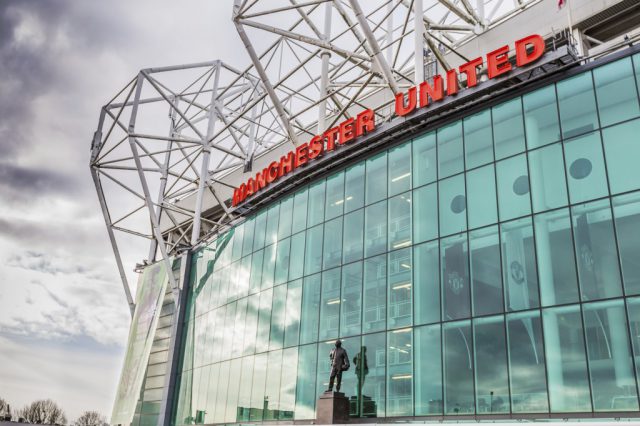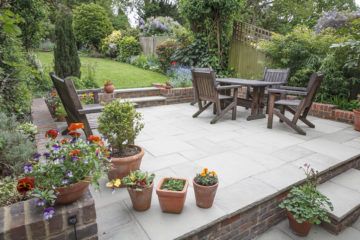Where tops the table for house price growth near Premier League stadia?
Em Morley - September 30, 2016They may have had a poor start to the Premier League season but Stoke tops the table for annual property prices increase for homes located near Premiership stadia.
Analysis from Purplebricks shows that homeowners living near the Britannia Stadium enjoyed a 22% rise in the value of their property.
Top of the league
Overall, the average price of property located near to Premier League grounds increased by 8.7% over the year-rising from £284,970 to £309,870. The average price of a home in the UK is currently £216,750.
In London, Spurs took the glory, with prices in Tottenham up by 12.1%. Chelsea came second in the capital, with prices in the region up by 10.9%. Arsenal recorded rises of 10.1%, with West Ham 9.4%.
The red half of Manchester took the plaudits, with property values up by 4.8% near Old Trafford. Prices near the Etihad Stadium saw a smaller, 2.4% increase.
Property prices near the home of Premier League champions Leicester City saw an annual rise of 7.5%. On the South Coast, near St Mary’s stadium Southampton, values rose by 7.7%.
Fighting relegation
Liverpool finds itself in the relegation zone, with prices 6.41% down year-on-year, due to the area around Anfield awaiting major redevelopment.
Land Registry figures for the last 15 years show that the price of property near Premier League venues have increased by 10% more than the national average.
You have to look no further than the Etihad Stadium, opened in 2002, for the impact a new stadium can have on property prices. Before the stadium was built, property in the area could be purchased for an average of just £20,378. Now, the average is £156,092, a monumental rise of 665%.
Prices around Anfield have seen a rise of 277% over the same period, while in Stoke, average values have risen by 215%.

Where tops the table for house price growth near Premier League stadia?
Redevelopment
Michael Bruce, CEO of Purplebricks, said: ‘football stadiums generally used to be in run-down areas of a city, often cramped between back streets, whereas most are now sited in areas which have undergone major redevelopment and boast new transport links, attractive new amenities, shops and bars. This has been reflected in house prices, which are consistently higher than those in neighbouring locations.’[1]
‘Our data proves that living near to your favourite club makes good financial sense-and it’s also handy for home games too.’[1]
[1] http://www.propertyreporter.co.uk/property/premier-league-properties-see-game-changing-price-rise.html

Research highlights North East as buy-to-let hotspot
A buy-to-let boom is expected in the North East, as it overtakes the North West as the best UK buy-to-let …

Tenant issues sits top of reasons why landlords look to sell in the next five years
Despite government changes to Stamp Duty, tax relief, and a potential change to capital gains tax, UK landlords remain undeterred …

New study reveals the extra value a garden can add to rental yields
As demand for homes with gardens has risen due to the pandemic, landscaping material provider Paving Direct has researched the …

Survey reveals why landlords have recently decided to invest in buy-to-let
More than a third (34%) of landlords have recently purchased another buy-to-let property (BTL) or intend to buy one within …

Less first time buy-to-let landlords are choosing to invest in London
Data from insurance comparison provider Quotezone.co.uk shows a 41% drop in first time buy-to-let landlords in London during 2020 when compared …